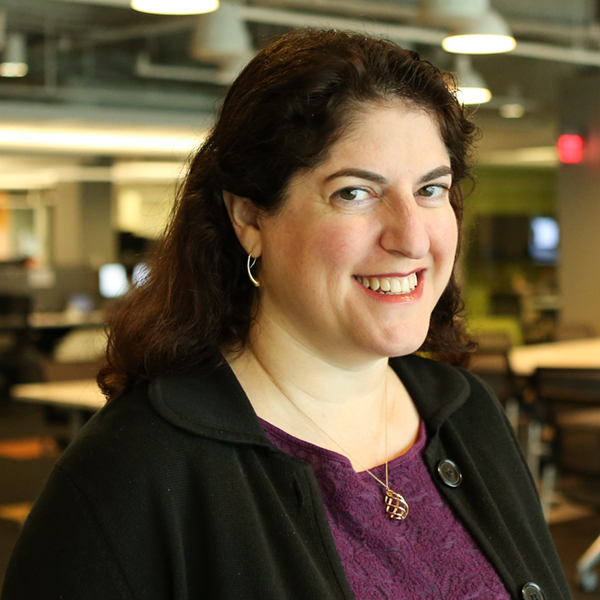 Last week in a guest blog post on Sean Stannard-Stockton’s Tactical Philanthropy, I explored the idea of adaptive strategy. In that post I argued:
Last week in a guest blog post on Sean Stannard-Stockton’s Tactical Philanthropy, I explored the idea of adaptive strategy. In that post I argued:
The world we live in now demands a more adaptive approach to strategy. More rapid prototyping of ideas and their execution. More mistakes when they’re still quick and cheap. More calculated risks and contingencies. Less cumbersome cycle-times for decision-making. Less argument about “who holds the pen” when writing the strategy (the philanthropist or the nonprofit) and more real-time adaptation and collaboration by all parties. Less emphasis on correctly predicting the future, and more emphasis on clear assumptions and the agility to adapt in light of new information and opportunities.
The level of uncertainty is now such that strategies can feel stale as soon as the (virtual) ink is dry. Which means that tools like scenario analysis, collaborative models, and decision-trees become far more useful strategically than a thorough but static approach. At Bridgespan, we’re often asked to help philanthropists and nonprofits think strategically, and we’re finding such tools are more critical than ever.
Since then, I’ve received reactions from a couple of philanthropists and a few philanthropic advisors. They’ve pointed out at least two important ideas that are worth expanding on:
First, the bar for a good adaptive strategy for philanthropists and for direct-service nonprofits is (and should be) different. Nonprofits need to answer to their boards, their funders, and (ideally) their constituents. But philanthropists have nearly infinite degrees of freedom to explore new paths—and to change their mind. So in the absence of natural constraints, the quality of the guardrails that philanthropists need to design for their roads are critical. One can’t drive off the highway, but one also needs enough room to swerve when new opportunities (or threats) arise.
Second, the challenge of creating an adaptive strategy when you’re both the philanthropist and the social entrepreneur came into sharper focus. I spoke with a philanthropist this week who is launching a new venture. He has had a successful business career and has been an active philanthropist for a number of years. He’s been researching ways to make a difference for the environment for months, and he’s now ready to make a big bet. He called asking for help on a strategy for his new venture.
The questions we worked through together beautifully illustrated these challenges–and as it turns out, the sequence in which you answer them matters a lot. What was the most relevant evidence-base he should consider when designing his first few pilot programs–and what would success look like for the first three years? When should he hire a CEO? (Too early and they’d impose their own vision, too late and he might not attract someone of sufficient caliber.) When should he reach out to co-funders, and how much of his vision was he willing to adapt as others would want to exert control?
And perhaps most important: How could he launch a pilot with a real learning agenda, a plan that allowed him to adapt his strategy over time to a rapidly changing context and his own rapidly developing knowledge?
What advice would you give on balancing the need for a start-up plan with the need to create an adaptive strategy?


